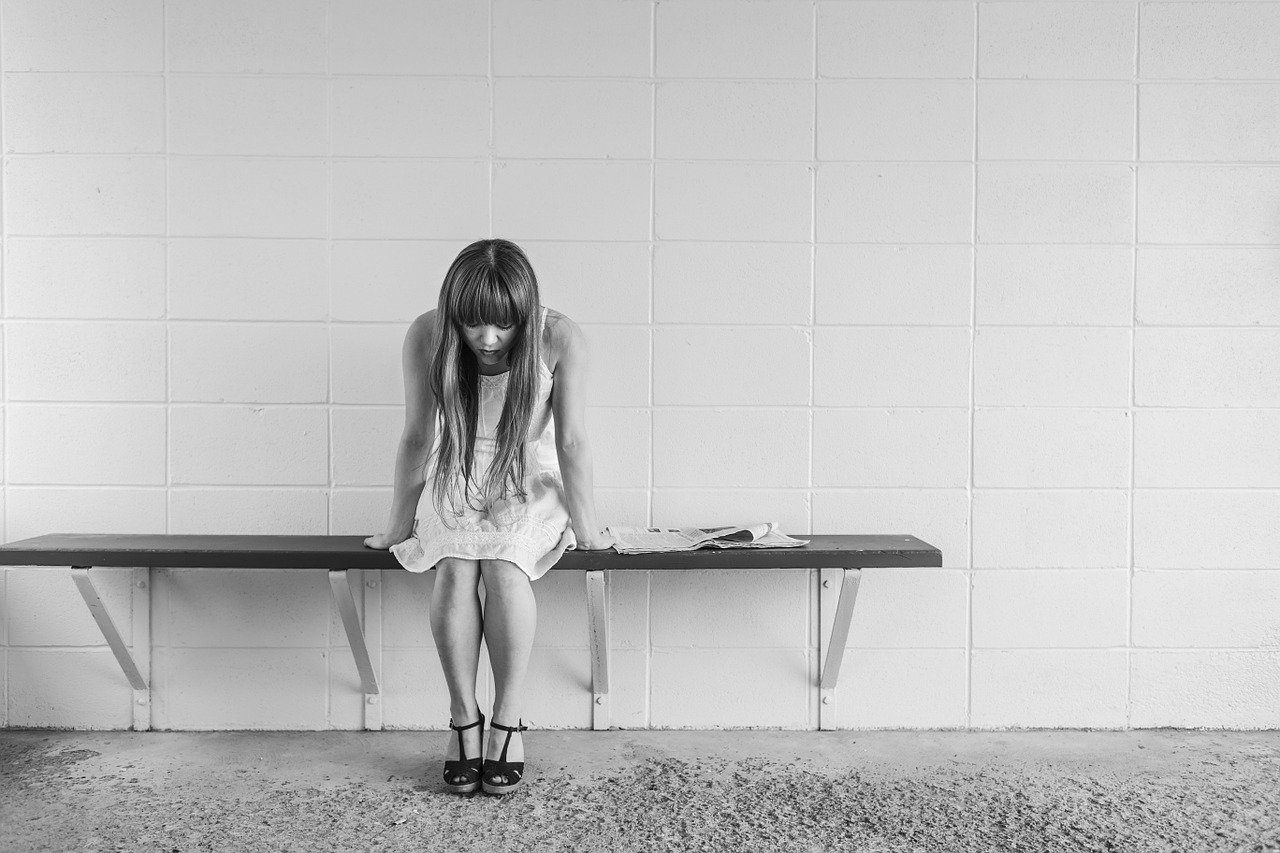
Since the pandemic started, doctors and experts have been sounding the warning that lockdowns and contact restrictions might further increase existing mental health issues.. The latest figures, published at the beginning of March by Germany’s third-largest statutory health insurer, DAK-Gesundheit, show that absence from work due to mental illness reached a record high in 2021. According to this Psych Report, which is based on a data analysis of 2.4 million DAK-insured employees, the 276 days of absence averaged per 100 insured persons marks an increase of 41% compared to 10 years ago. Average time lost due to mental illness also reached an all-time high in 2021: 39.2 days
The report shows a particularly sharp increase in absences among women over the age of 55. Workers in the 55 to 59 age bracket racket up an average of 511 days of absence per 100 insured persons, an increase of 14% compared to pre-COVID values from 2019. The over-60 group saw an even higher increase at 20%, recording an average of 690 days of absence per 100 insured persons in 2021.
The most common reason given for mental health sick leave was depression, while adjustment and anxiety disorders saw the greatest increase. The healthcare sector recorded the most absences, with 397 days of mental health-related absences per 100 insured, about 44% higher than the average among all industries included in the report.
“Our report shows that many people with mental illnesses are suffering extremely from the continuous stress of the pandemic,” says Andreas Storm, CEO of DAK-Gesundheit. “Those affected are also currently finding it more difficult to return to their everyday working lives.” According to Storm, the increase over the last two years is in no small part caused by the special working conditions under COVID-19. Although many people now talk more openly about depression and anxiety with their families and doctors, “in many companies, mental health problems continue to be a taboo,” according to Storm.
Statistically, absences due to mental illness have been more common among female employees than among male employees for years. However, women are also affected differently than men: while men are more often on sick leave due to alcohol abuse or drug use disorders, women suffer more frequently from anxiety disorders. The latter increased dramatically over the past decade, recording a 77% increase.
The most common cause of mental health-related sick leave for both sexes remains depression. However, depression recorded a comparatively small increase of only 2.7% over 2019 levels. With 69 days of absence per 100 insured persons, adjustment disorders also recorded an increase, 15.8% compared to 2019.
Though DAK Health supports the mental health offensive launched by the federal ministries of labor, health, and family, the insurer emphasizes the precarious nature of the situation. According to the Psychreport, the increase in days absent from work has been “very striking” for years. Andreas Storm therefore promotes an open approach to mental illness: “Anyone can become so psychologically unbalanced that they can no longer cope with their work.” Storm hopes that the publication of the Psychreport is “an important step” towards a more open approach to dealing with mental health issues on the societal level.
